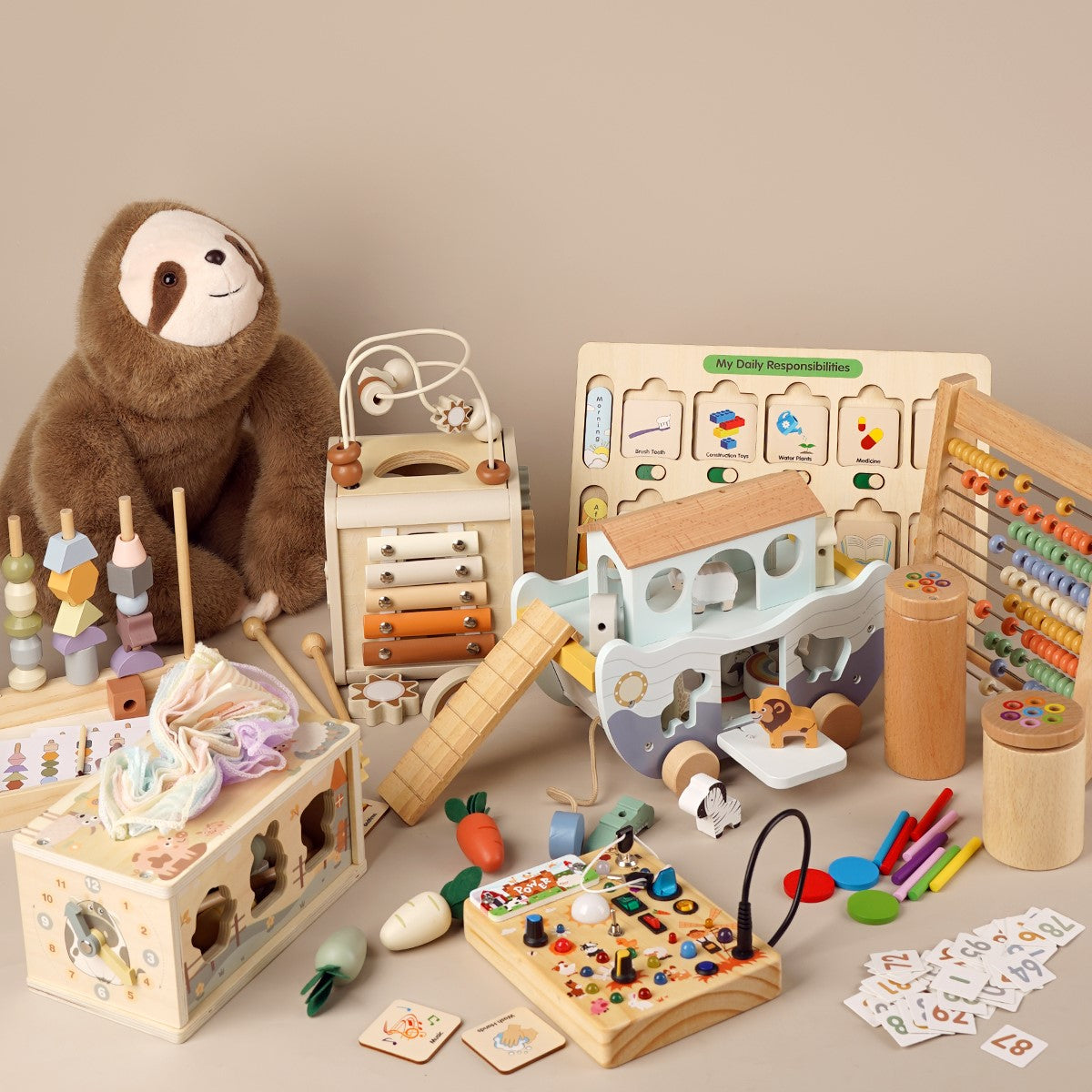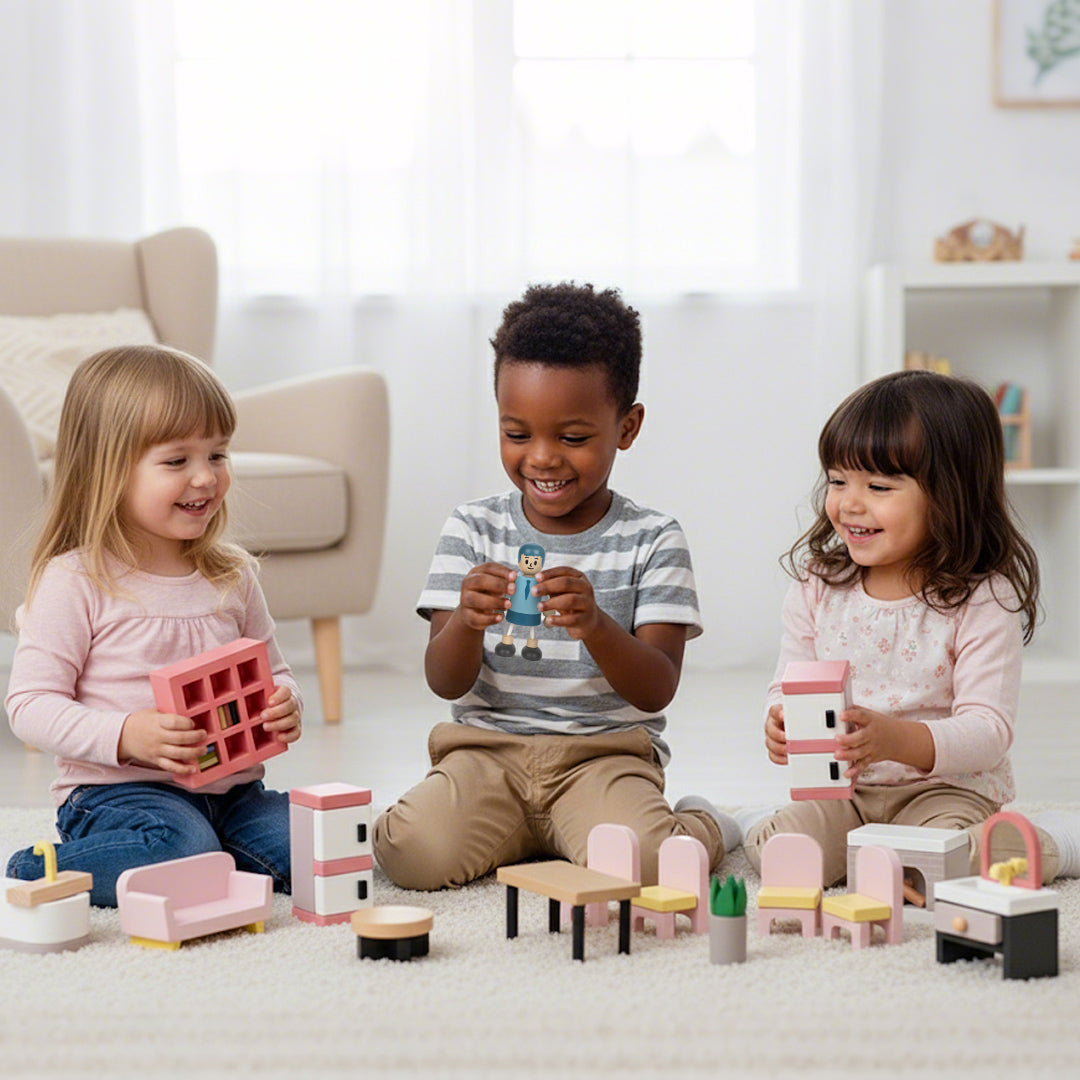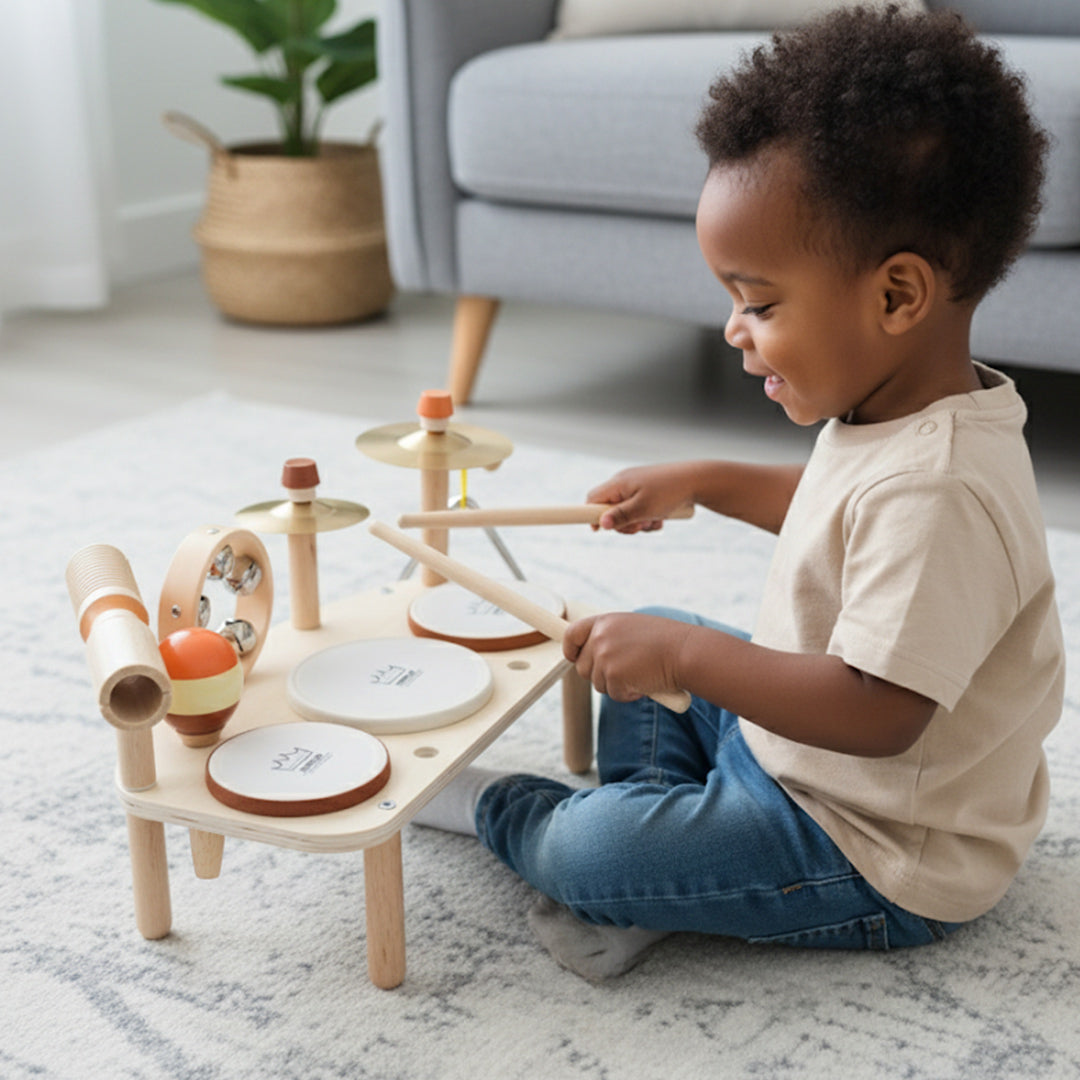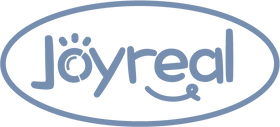When Do Children with Autism Begin to Speak?
Speech development in children with autism is a topic of significant interest for parents, caregivers, and educators. Research shows that the age at which autistic children begin to speak varies widely, with some starting as early as 12 months and others developing meaningful language much later.
Key Findings:
- Typical Onset: Most children with autism begin speaking around 3 years (36 months), but this is not a universal timeline.
- Early Talkers: A subset of children may say their first words as early as 12-18 months, aligning with typical developmental milestones.
- Late Talkers: Many children with autism develop speech after age 5, with some achieving phrase or fluent speech by age 8.
- Prognostic Indicators: First words by 24 months are a key marker for better cognitive and adaptive outcomes later in life.
Factors Influencing Speech Development:
- Nonverbal IQ: Higher cognitive abilities often correlate with earlier speech development.
- Social Skills: Stronger social engagement can facilitate language acquisition.
- Intervention: Early and targeted interventions significantly improve speech outcomes, even for children with delayed onset.
Implications for Parents and Caregivers:
- Early Evaluation: If a child has not spoken by 24 months, it’s crucial to seek professional evaluation.
- Intervention: Speech therapy and other interventions can help children develop language skills, even if they start later.
- Patience and Support: Understanding the variability in speech onset can help families set realistic expectations and provide appropriate support.
Can Nonverbal Autistic Children Become Verbal?
Research suggests that about 25-30% of autistic children start out as nonverbal or minimally verbal, but a significant number of them develop spoken language over time, especially with early and consistent intervention. Studies have found that:
- Some children begin speaking between ages 5-8, even after years of silence.
- Early intervention (before age 5) increases the likelihood of developing speech.
- Alternative communication methods (like AAC) can support and sometimes encourage verbal speech.
Access professional autism education videos here. https://youtu.be/VSTqHqsxQnM

Key Factors That Help Nonverbal Children Develop Speech
1. Early and Intensive Speech Therapy
Speech-Language Pathologists (SLPs) use techniques like:
- Oral motor exercises to strengthen speech muscles.
- Modeling and repetition to encourage imitation.
- Play-based therapy to make communication fun and engaging.
2. Augmentative and Alternative Communication (AAC)
- AAC devices, PECS (Picture Exchange Communication System), or sign language can reduce frustration and provide a bridge to verbal speech.
- Many children who use AAC eventually develop spoken words, as the pressure to speak is reduced while language skills grow.
3. Applied Behavior Analysis (ABA) Therapy
- ABA can help reinforce communication attempts, shaping nonverbal sounds into words.
- Focuses on positive reinforcement when a child makes vocalizations or attempts to speak.
4. Encouraging Communication in Daily Life
Parents and caregivers can:
- Use simple, clear language (e.g., "Want juice?" instead of long sentences).
- Give wait time (10+ seconds) for the child to respond.
- Celebrate all attempts at communication, even if not perfect.
5. Addressing Sensory and Motor Challenges
Some nonverbal autistic children struggle with:
- Apraxia of speech (difficulty coordinating mouth movements).
- Auditory processing issues (trouble understanding spoken words).
- Occupational therapy (OT) and specialized speech therapy can help overcome these barriers.
Joyreal Communication Devices for Autism: A Breakthrough in Assistive Technology
 Communication is a fundamental human need, but for individuals with autism, speech disorders, or communication difficulties, expressing their thoughts can be a challenge. Joyreal AAC (Augmentative and Alternative Communication) devices are transforming the way non-verbal individuals connect with their world. These devices are designed to empower children and adults to communicate more effectively, building confidence and reducing frustration in day-to-day interactions.
Communication is a fundamental human need, but for individuals with autism, speech disorders, or communication difficulties, expressing their thoughts can be a challenge. Joyreal AAC (Augmentative and Alternative Communication) devices are transforming the way non-verbal individuals connect with their world. These devices are designed to empower children and adults to communicate more effectively, building confidence and reducing frustration in day-to-day interactions.
How Joyreal AAC Devices Help Autistic Individuals Communicate
Joyreal AAC communication devices are engineered to simplify communication for individuals with speech challenges.
- 24 Easy-to-Understand Talking Buttons: A wide array of pre-programmed buttons makes it simple to communicate common needs and phrases.
- 6 Customizable Programmable Buttons: Tailor the device to include specific messages or words tailored to individual needs and preferences.
- Built-in Battery: A rechargeable battery ensures the device is ready to use anytime, making it reliable for both home and outdoor use.
- Adjustable Volume: Flexible volume settings make the device functional in various environments, from quiet rooms to busy public settings.
The Top Benefits of Joyreal AAC Communication Devices
Joyreal AAC devices provide essential support for non-verbal individuals, offering several transformative benefits:
- Enabling Expression: They give non-verbal individuals the ability to express their needs, emotions, and thoughts clearly, bridging communication gaps.
- Building Confidence: Gaining the ability to express oneself promotes self-esteem and encourages greater social engagement.
- Reducing Anxiety: The frustration of being unable to communicate is significantly reduced, improving mental and emotional well-being.
Wide Applicability for Various User Groups
The versatility of Joyreal AAC devices makes them suitable for a broad range of users, including:
- Children and Adults with Autism: Support communication and social interaction for individuals on the autism spectrum.
- Stroke Patients: Help stroke survivors regain their ability to communicate during recovery.
- Others with Speech Disorders: Provide tools for individuals with conditions such as cerebral palsy, developmental delays, or traumatic brain injuries.
Alternatives to Traditional Communication Boards
Unlike traditional communication boards or Picture Exchange Communication (PEC) cards, Joyreal AAC devices offer a dynamic and programmable approach. The ability to record custom phrases, modify button settings, and adjust audio volume allows for a personalized and more natural communication experience. This flexibility makes the devices more adaptive to evolving needs compared to static communication boards.

Conclusion
Speech development in children with autism varies widely, but recent research highlights that many can achieve meaningful language with time and proper support, with early intervention being crucial for fostering communication skills and improving outcomes. Joyreal communication devices exemplify a significant advancement in assistive technology, providing practical solutions and hope for nonverbal individuals, making AAC tools like Joyreal a valuable option to explore for enhancing communication and connection.
Maybe it will be helpful for you:
Recent Post

What Finally Helped My Toddler Speak Up?
If you’re a toddler mom, you already know how much emotional weight...

Joyreal Christmas Toys Deals 2025
Enjoy instant savings across nearly every category, from early lear...

How Wooden Montessori Toys Support a Sustainable Childhood
Most parents don’t say it out loud, but many feel the same quiet fr...

Top Christmas Gifts to Help Kids Communicate Better This Holiday Season
The holiday season brings joy, family bonding, and endless opportun...

How to Make DIY Printable Communication Boards
Communication is at the heart of every child’s development — and fo...

Top 5 Christmas Gifts That Bring Families Closer (2025 Guide)
Christmas isn’t just about the gifts — it’s about the moments we c...

Top Musical Christmas Gifts for Toddlers & Preschoolers 2025
Why Musical Gifts Are Perfect for Toddlers and Preschoolers Music h...

Joyreal AAC Devices Wholesale Partner
In today’s educational and therapeutic environments, speech therapi...

Joyreal AAC Device – Big Sale for Autism & Speech
Every Voice Deserves to Be Heard Imagine your child looking up at y...

How to Choose Safe & Educational Toys for Christmas 2025
When “Just a Toy” Means So Much More If you’re a parent, you know t...










